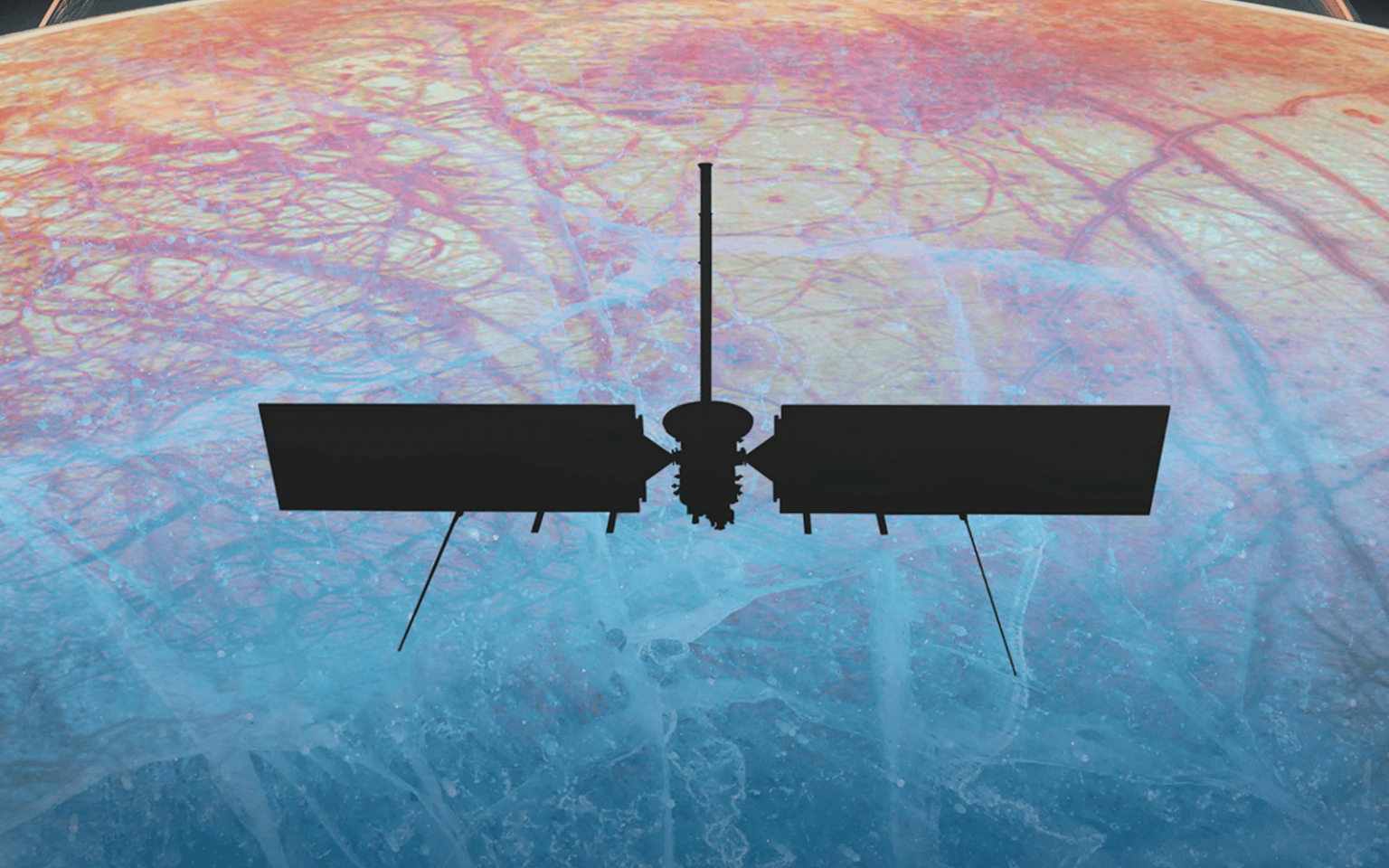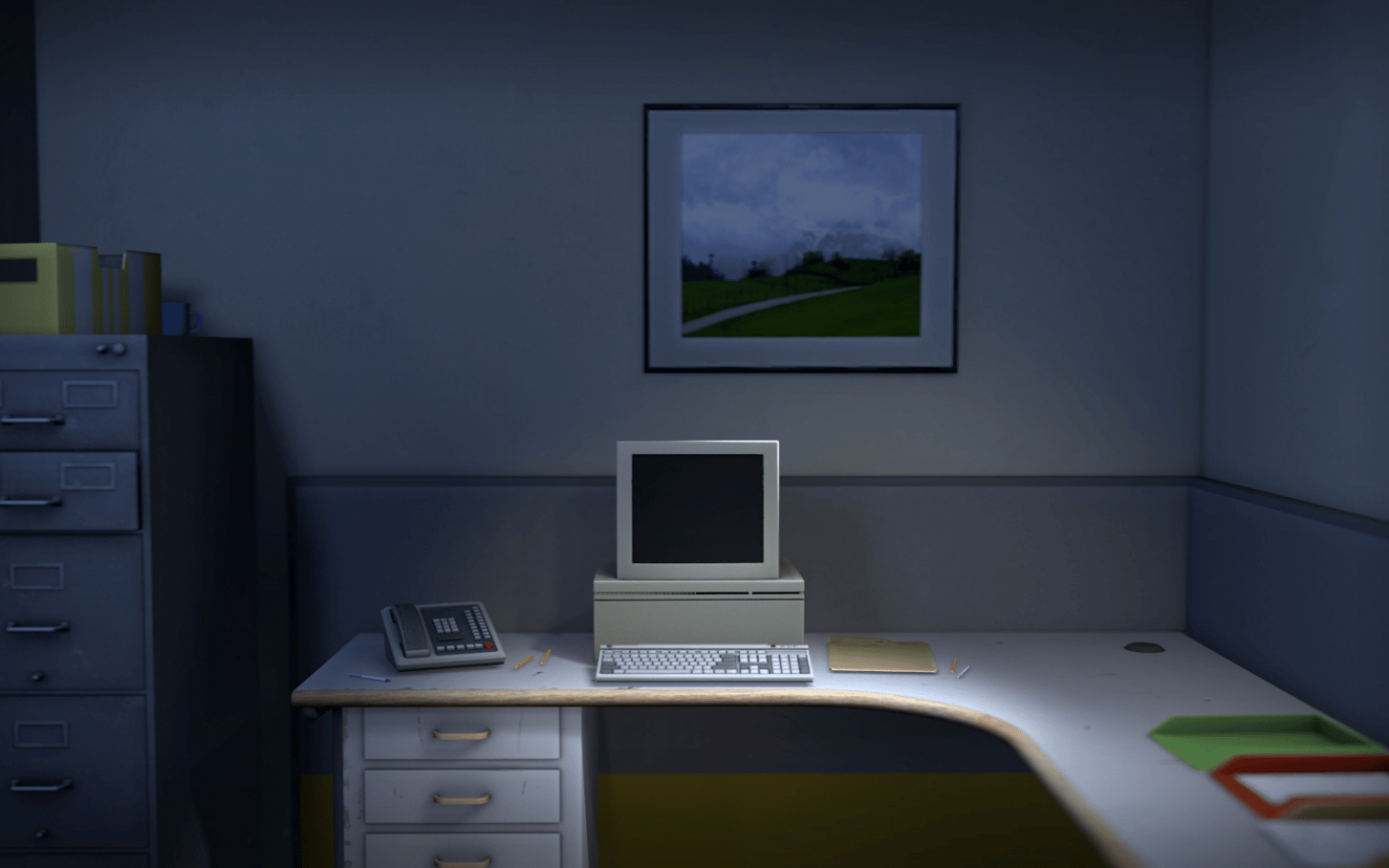Earlier this year, Neuralink implanted a chip inside the brain of 29-year-old US man Noland Arbaugh, who is paralysed from the shoulders down. The chip has enabled Arbaugh to move a mouse pointer on a screen just by imagining it moving. In May 2023, US researchers also announced a non-invasive way to “decode” the words someone is thinking from brain scans in combination with generative AI. A similar project sparked headlines about a “mind-reading AI hat”. Can neural implants and generative AI really “read minds”? Is the day coming when computers can spit out accurate real-time transcripts of our thoughts for anyone to read? Such technology…
Author: The Conversation
From asking our smart speakers for the weather to receiving personalised advice from smartwatches, devices powered by artificial intelligence (AI) are increasingly streamlining our routines and decision making. The technology is seeping into our lives in subtle ways. Manufacturers gather vast amounts of user data to ensure these smart devices are responsive and personalised. But this can put users at risk of exploitation by malicious agents, such as hackers looking to steal your data. As AI becomes more ubiquitous, consumers will also need to become savvier. If you want to enjoy the benefits of a smart everyday device, you should…
Oh, come on Daniel, space travel is so expensive, and pointless! These were the words of my friend Max, during a Christmas party where I was discussing my thesis project: studying places on Earth where the living conditions are so extreme, they could hold lessons for future space missions. This disdainful attitude toward space research is actually quite common. Space exploration is currently booming. Just think of the Artemis missions, SpaceX’s ambitious plans for Mars, the deployment of the James Webb telescope or the recent “race to the moon.” A number of large-scale projects are getting the green light now, mainly from NASA, including…
Artificial intelligence (AI) is seemingly everywhere. Right now, generative AI in particular – tools like Midjourney, ChatGPT, Gemini (previously Bard) and others – is at the peak of hype. But as an academic discipline, AI has been around for much longer than just the last couple of years. When it comes to real-world applications, many have stayed hidden or relatively unknown. These AI tools are much less glossy than fantasy-image generators – yet they are also ubiquitous. As various AI technologies continue to progress, we’ll only see an increase of AI use in various industries. This includes healthcare and consumer tech,…
As artificial intelligence creeps further into people’s daily lives, so do worries about it. At the most, alarmists are concerned about AI going rogue and terminating its human masters. But behind the calls for a pause on the development of AI is a suite of more tangible social ills. Among them are the risks AI poses to people’s privacy and dignity and the inevitable fact that, because the algorithms under AI’s hood are programmed by humans, it is just as biased and discriminatory as many of us. Throw in the lack of transparency about how AI is designed, and by whom, and it’s easy to understand why so much time these days…
The US and Japan are sponsoring a resolution for debate by the United Nations Security Council which – if passed – will reaffirm international commitments to the 1967 Outer Space Treaty (OST) forbidding the deployment and use of nuclear weapons in space. The call, headed by US ambassador Linda Thomas-Greenfield and Japan’s foreign minister Yoko Kamikawa, follows troubling reports that Russia could be developing a nuclear-capable anti-satellite weapon. As an expert on space and nuclear weapons, I find these reports concerning but not surprising because nuclear anti-satellite weapons have been proposed since the Cold War in the 1960s. So far, little is known about this…
Recently, artificial intelligence (AI) has been cast as a problem in the urgent, international effort to tackle climate change. As AI plays a greater role in our lives, it will need enormous amounts of computing power and data storage. As such, the carbon footprint of AI is projected to expand due to its high energy consumption and the carbon emissions associated with the production of its hardware. However, the truth is more nuanced, since artificial intelligence could also be a problem solver, making a significant contribution to tackling climate change. AI could, for example, help with more accurate predictions of extreme weather events such as hurricanes or…
NASA’s Europa Clipper spacecraft, headed to Jupiter’s ice-covered moon Europa in October 2024, will carry a laser-etched message that celebrates humanity’s connection to water. The message pays homage to past NASA missions that carried similar messages. As the president of Messaging Extraterrestrial Intelligence, or METI, International, I helped design the message on Clipper with two fellow members of our board of directors: linguists Sheri Wells-Jensen and Laura Buszard-Welcher. METI International is a scientific organization dedicated to transmitting powerful radio messages to extraterrestrial life. We collected audio recordings in 103 languages, and we decided how to convert these into waveforms that show these sounds visually. Colleagues from NASA etched these waveforms into the metal plate…
In October 2016, the Swedish Academy announced that it was awarding the Nobel Prize for Literature to the singer-songwriter Bob Dylan for “having created new poetic expressions within the great American song tradition”. The decision sent out shockwaves: for the first time, a musician had received the most prestigious literary award on the planet. It sparked debate, with many questioning the decision and even sarcastic suggestions that novelists could aspire to winning a Grammy. The controversy fed into much-needed debates on the boundary between poetry and song, but the question of what constitutes literature is much broader. Does it mean the same as it…
AI has long since surpassed humans in cognitive matters that were once considered the supreme disciplines of human intelligence like chess or Go. Some even believe it is superior when it comes to human emotional skills such as empathy. This does not just seem to be some companies talking big for marketing reasons; empirical studies suggest that people perceive ChatGPT in certain health situations as more empathic than human medical staff. Does this mean that AI is really empathetic? A definition of empathy As a psychologically informed philosopher, I define genuine empathy according to three criteria: Congruence of feelings: empathy requires…










